NASA APOD #624-633
#624 Solar Wind And Milky Way
Credit: March 04, 1997
“The Sun is bright, so bright that it overwhelms the light from other stars even for most satellite-borne telescopes. But LASCO, a coronograph onboard the space-based SOHO Observatory, uses occulting disks to block the intense solar light and examine the tenuous, hot gases millions of miles above the Sun's surface. In this LASCO image from December 24, 1996, an occulting disk (center) and mechanical support (extending from the lower left) are visible along with the billowing Solar Wind. Appearing in the background are faint stars and obscuring dust clouds toward the center of our Milky Way Galaxy! The field of view covers about 16 degrees, corresponding to 28 million miles at the distance of the Sun - just under half the diameter of Mercury's orbit. A prominent dark interstellar dust cloud cuts through the Milky Way starfield running approximately south (lower right) to north. Blemishes on the image are camera streaks caused by charged particles."
Copyright: Public domain
#625 In the Center of NGC 604
Credit: March 05, 1997
“Stars are sometimes born in the midst of chaos. About 3 million years ago in the nearby galaxy M33, a large cloud of gas spawned dense internal knots which gravitationally collapsed to form stars. But NGC 604 was so large, it could form enough stars to make a globular cluster. Many young stars from this cloud are visible above, along with what is left of the initial gas cloud. Some stars were so massive they have already evolved and exploded in a supernova. The brightest stars that are left emit light so energetic that they create one of the largest cloud of ionized hydrogen gas known, second only to the 30 Doradus Cluster in Milky Way's close neighbor, the Large Magellanic Cloud. "
Copyright: Public domain
#626 Hubble Floats Free
Credit: March 06, 1997
“Why put observatories in space? Most telescopes are on the ground. On the ground, you can deploy a heavier telescope and upgrade it more easily. The trouble is that Earth-bound telescopes must look through the Earth's atmosphere. First, the Earth's atmosphere blocks out a broad range of the electromagnetic spectrum, allowing a narrow band of visible light to reach the surface. Telescopes which explore the Universe using light beyond the visible spectrum, such as those onboard the Compton Observatory (gamma rays), the ASCA satellite (x-rays), or the new ultraviolet and infrared instruments on the above-pictured Hubble Space Telescope (HST), need to be carried above the absorbing atmosphere. Second, the Earth's atmosphere blurs the light it lets through. The blurring is caused by varying density and continual motion of air. By orbiting above the Earth's atmosphere, the Hubble can get clearer images. In fact, even though HST has a mirror 15 times smaller than large Earth-bound telescopes, it can still resolve detail almost 100 times finer."
Copyright: Public domain
#627 Comet Hale-Bopp Enters the Evening Sky
Credit: March 07, 1997
“You no longer have to wake-up early to see Comet Hale-Bopp. From many northern locations, you can now go outside just after sunset and see Comet Hale-Bopp above the north-western horizon. Both writer/editors of APOD are impressed by how bright Comet Hale-Bopp has become, and how easily visible it is. The central coma is now visible from almost any location - even from a bright city. The blue ion tale is visible from a dark location. Comet Hale-Bopp's coma now rivals even last year's Comet Hyakutake, and the tail appears to be increasing in length daily. "
Copyright: Public domain
#628 COBE Dipole: Speeding Through the Universe
Credit: March 08, 1997
“Our Earth is not at rest. The Earth moves around the Sun. The Sun orbits the center of the Milky Way Galaxy. The Milky Way Galaxy orbits in the Local Group. The Local Group falls toward the Virgo Cluster of Galaxies. But these speeds are less than the speed that all of these objects together move relative to the microwave background. In the above all-sky map, radiation in the Earth's direction of motion appears blueshifted and hence hotter, while radiation on the opposite side of the sky is redshifted and colder. The map indicates that the Local Group moves at about 600 kilometers per second relative to this primordial radiation. This high speed was initially unexpected and its magnitude is still unexplained. Why are we moving so fast? What is out there?"
Copyright: Public domain
#629 COBE Hotspots: The Oldest Structures Known
Credit: March 09, 1997
“Above are two images of the microwave sky, north and south of our galaxy's equator, based on data from NASA's COsmic Background Explorer (COBE) satellite. After computer processing to remove contributions from nearby objects and the effects of the earth's motion, they show "spots". These spots are the oldest, most distant structures known. They represent temperature variations in the early Universe. As our Universe expanded and cooled, conglomerations of mass formed. The COBE images confirm that only a million years after the big-bang - which occurred roughly 15 billion years ago - parts of the universe were visibly hotter than other parts. By studying the size and distribution of the spots found with COBE and future missions, astronomers hope to learn what matter and processes caused the spots to form - and hence determine the composition, density, and future of our Universe."
Copyright: Public domain
#630 Jupiter: At The Belt-Zone Boundary
Credit: March 10, 1997
“Jupiter's thick atmosphere is striped by wind-driven cloud bands that remain fixed in latitude - dark colored bands are known as belts while light colored bands are zones. At Jupiter's belt-zone boundaries the shearing wind velocities can reach nearly 300 miles per hour. Near infrared images recently returned by the Galileo Spacecraft were mapped to visible colors in this close-up of a belt-zone boundary near the gas giant's equator. The color mapping reveals different layers, lower clouds are bluish, higher ones pinkish. The smallest features seen are tens of miles across."
Copyright: Public domain
#631 Jupiter: The Great Yellow Spot
Credit: March 11, 1997
“What happened to Jupiter's Great Red Spot? Operating at a chilly 55 degrees Kelvin, the Galileo Spacecraft's Near Infrared Mapping Spectrometer (NIMS) recorded this composite image of Jupiter's Great Red Spot in late June 1996. Red, green, and blue colors were chosen to represent three different infrared wavelengths detected by the NIMS instrument. The resulting yellowish green appearance of the massive Jovian storm system - a cold, high pressure area 2 to 3 Earth diameters wide - indicates that it lies high above the surrounding cloud features. Blue corresponds to regions where the clouds are relatively thin and the features lie at greater depths."
Copyright: Public domain
#632 Saturn in Color
Credit: March 12, 1997
“Saturn is unusual but photogenic. The second largest planet in our Solar System, behind Jupiter, has been easily identifiable at night since history has been recorded. It was only with the invention of the telescope, however, that any evidence of its majestic ring system became apparent. Saturn itself is composed of mostly hydrogen and helium gas. Saturn's rings are composed of many ice chunks ranging in size from a penny to car. The above picture of Saturn is one of the earliest taken by the Hubble Space Telescope and is a digital reconstruction of three color images. The Cassini mission to Saturn is scheduled to be launched later this year and should reach Saturn in 2004. "
Copyright: Public domain
#633 Hale-Bopp Brighest Comet This Decade
Credit: March 13, 1997
“The Great Comet of 1997 is now brighter than the Great Comet of 1996 ever was. In fact, it is brighter than almost every star in the sky. Yet Comet Hale-Bopp is still about two weeks away from maximum light. Comet Hale-Bopp is now well north of the plane of the Earth's orbit and on the same side of the sky as the Sun. Therefore, Comet Hale-Bopp is visible from Earth's Northern Hemisphere both just after sunset and just before sunrise. The above picture of Comet Hale-Bopp was taken last week in Italy. Many Milky Way stars and nebulae are visible. To the left is a rock face partly illuminated by artificial light."
Copyright: Public domain
Upvote! Resteem! Comment! As you like it! Thank you for attention!
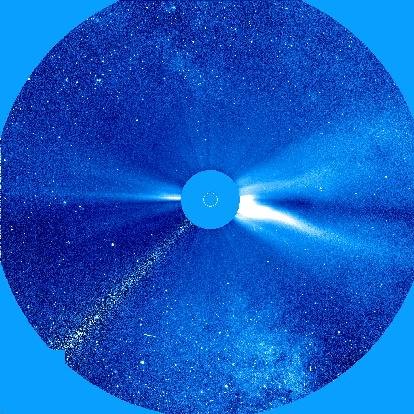
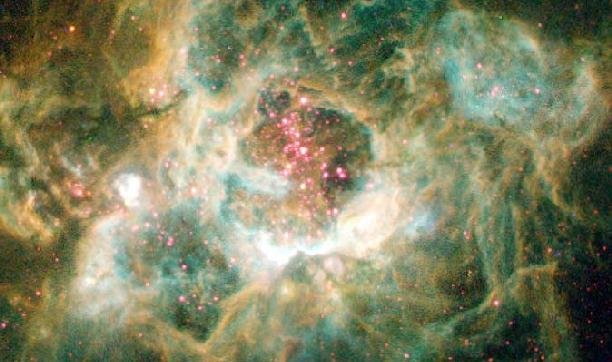
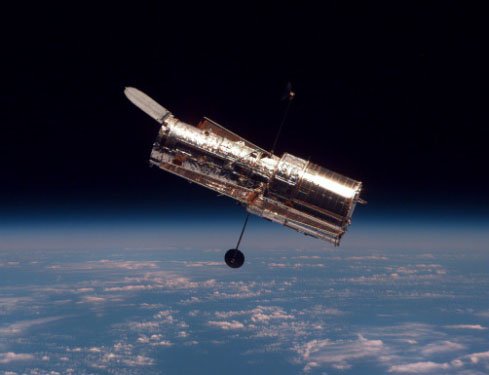
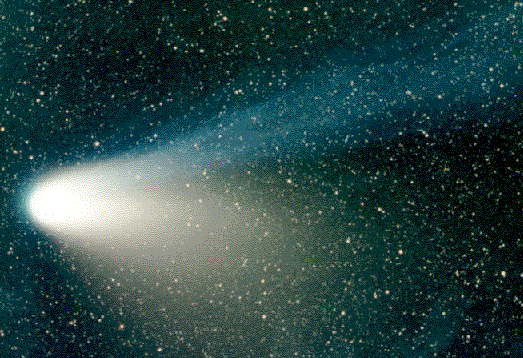
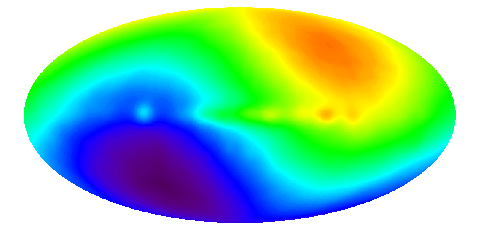
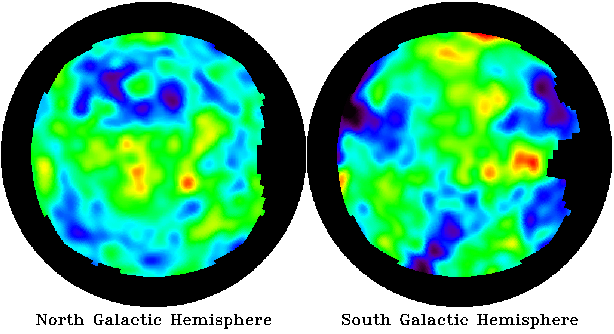
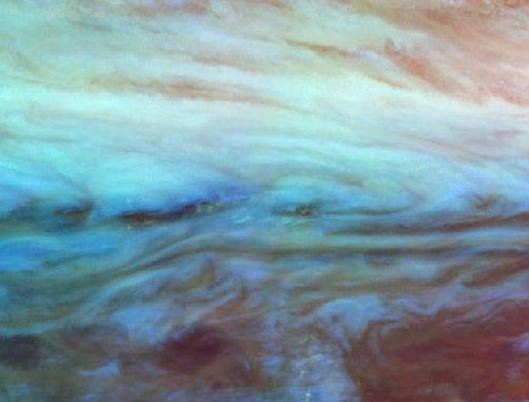
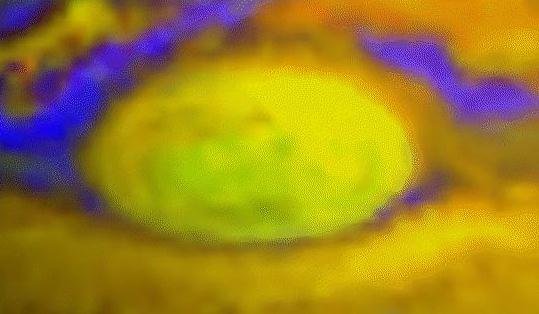
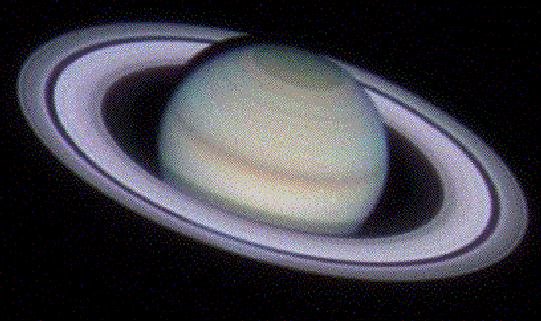
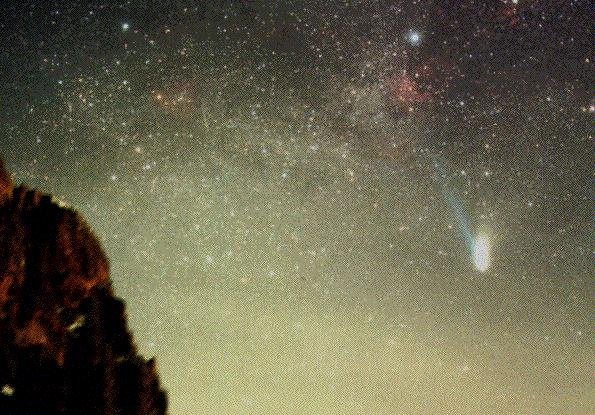
Congratulations @george-zagraid! You have completed some achievement on Steemit and have been rewarded with new badge(s) :
Click on any badge to view your own Board of Honor on SteemitBoard.
For more information about SteemitBoard, click here
If you no longer want to receive notifications, reply to this comment with the word
STOP